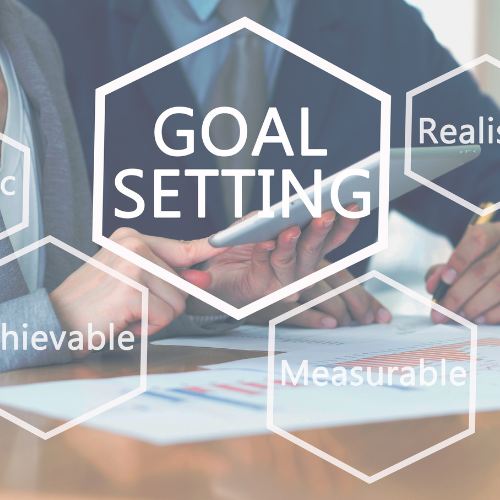
Elevate your learning content with our expert instructional design services!
We specialize in crafting engaging, impactful learning experiences that captivate and inspire. From interactive modules to multimedia-rich courses, we blend instructional strategies with creative design to make complex topics accessible and engaging. Whether for corporate training, educational programs, or e-learning courses, our tailored approach ensures your content delivers real results. Let’s transform your educational vision into powerful, learner-centered experiences.
SPEAK TO A INSTRUCTIONAL DESIGNER TO FIND OUT HOW WE CAN MAKE YOUR COURSES EXCEPTIONAL
INSTRUCTIONAL DESIGN SERVICE APPROACH
Instructional design is a comprehensive process focused on crafting meaningful, engaging, and effective learning experiences. At its core, it combines a deep understanding of the learner with strategic planning and creative approaches to meet educational goals. From analyzing the needs of learners to designing content that’s interactive, accessible, and visually appealing, instructional design involves a series of key elements that together shape impactful learning environments. Let’s explore these essential features that underpin successful instructional design and examine how each contributes to delivering powerful and transformative learning experiences.

Learner Analysis
- Identifying the target audience’s needs, skills, knowledge level, and learning styles to tailor the content for maximum impact.
- Understanding the audience is foundational to instructional design. This analysis helps tailor the course to suit the learners’ needs, preferences, and existing knowledge.

Clear Learning Objectives
- Defining measurable, specific goals that align with the learners’ needs and guide the content and assessment methods.
- Objectives guide the learning process, provide focus, and make outcomes measurable.

Content Structuring and Sequencing
- Organizing information logically, building on prior knowledge, and ensuring a progressive flow to facilitate comprehension.
- A well-organized flow allows learners to build knowledge progressively and reduces cognitive load.

Engagement and Interactivity
- Incorporating interactive elements like quizzes, simulations, and scenarios to boost learner engagement and retention.
- Engaging learners actively helps reinforce knowledge and makes learning enjoyable.

Multimedia and Visual Design
- Well-designed multimedia and visuals enhance understanding and retention by catering to different learning styles.
- Using multimedia elements—videos, graphics, animations—to reinforce learning points and cater to diverse learning styles.

Assessments and Feedback
- Implementing quizzes, assignments, and feedback opportunities to measure progress and reinforce learning outcomes.
- Assessments measure progress, while feedback reinforces learning and highlights areas needing improvement.

Instructional Strategies
- Instructional strategies make learning meaningful and memorable by connecting theory to real-world application.
- Applying techniques like storytelling, problem-based learning, or gamification to make learning meaningful and memorable.

Usability and Accessibility
- Designing content that’s easy to navigate, accessible to all learners (including those with disabilities), and mobile-friendly.
- Ensuring the learning experience is intuitive and accessible, so it’s easy for all learners to focus on content rather than navigation.

Evaluation and Iteration
- Evaluation and iteration ensure the course meets objectives and continuously improves based on feedback.
- Continuously assessing the effectiveness of the design through learner feedback and adjusting the content to improve learning outcomes.
